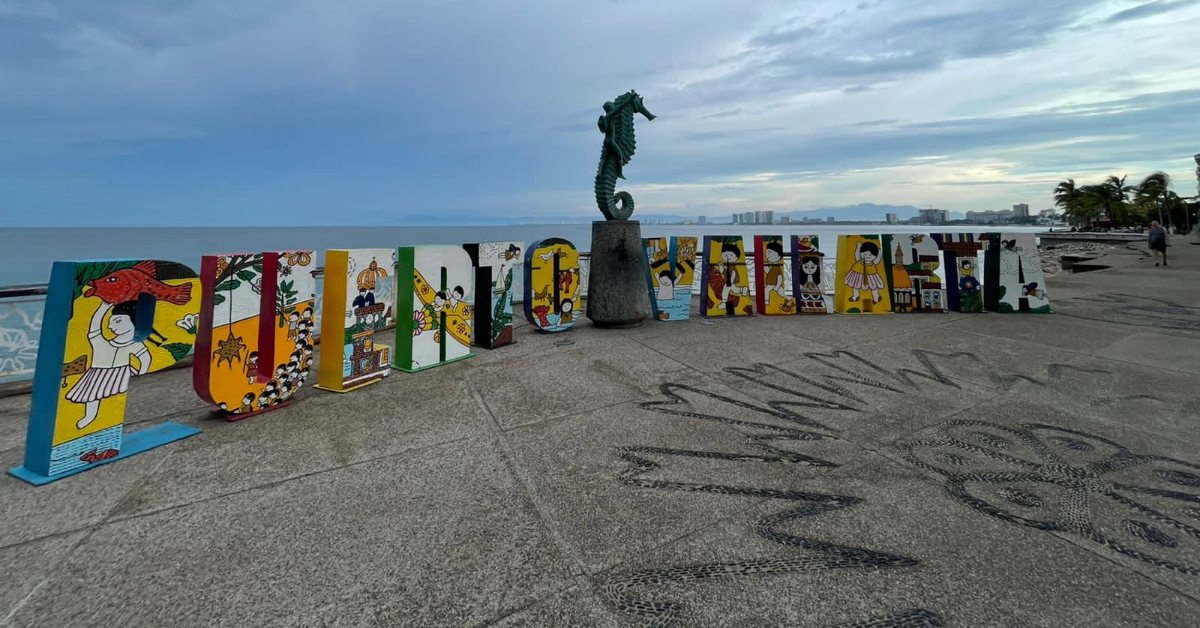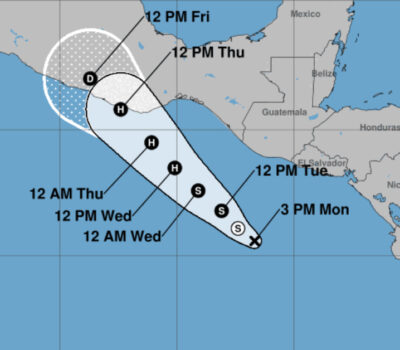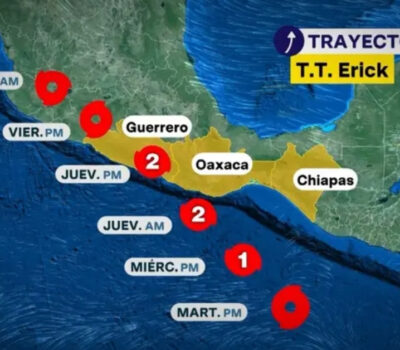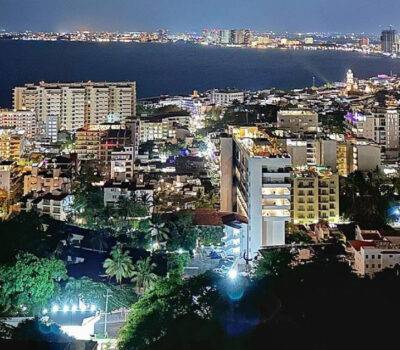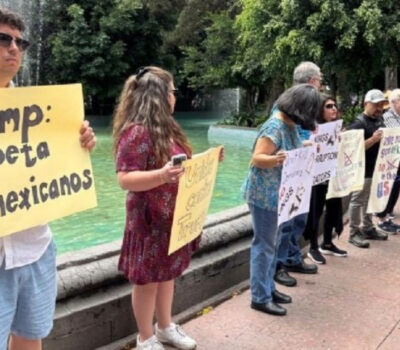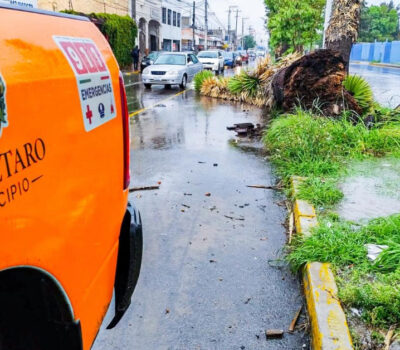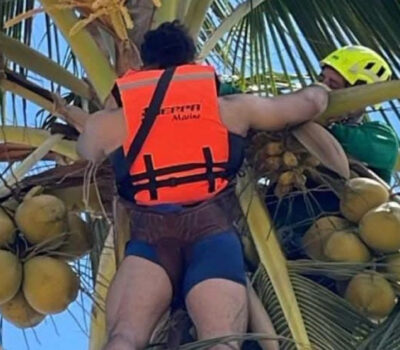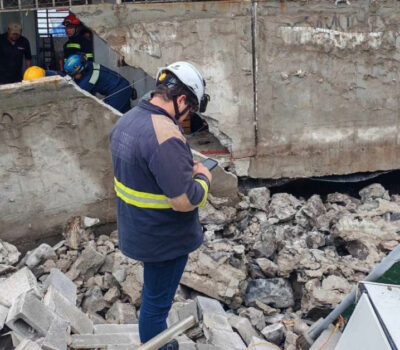Puerto Vallarta, a prominent tourist destination known for its picturesque beaches and vibrant culture, has seen significant fluctuations in its safety rankings over the past years. According to the National Urban Public Security Survey (ENSU), published every four months by the National Institute of Statistics and Geography (Inegi), the city’s safety perceptions among its adult residents have varied considerably, impacting its position among the safest cities in Mexico. This Month, Puerto Vallarta fell off the list of safest cities in Mexico, but history shows it will return.
Safety Rankings Timeline
March 2022: Puerto Vallarta was ranked eighth, with 26.4% of its inhabitants over 18 years of age feeling unsafe.
June 2022: The city dropped out of the top ten, falling to twelfth place with 41% of residents expressing feelings of insecurity.
September 2022: Puerto Vallarta returned to the tenth position with 28.8% of residents feeling unsafe.
December 2022: The city again fell to twelfth place, with 34.6% of its adult population expressing safety concerns.
March 2023: The city improved to ninth place, with 26.5% of residents feeling unsafe.
June 2023: Puerto Vallarta dropped to thirteenth place, with 30.7% of residents over 18 years feeling insecure.
September 2023: The city made a notable recovery, ranking fifth with 22.5% of residents expressing concerns about safety.
December 2023: Puerto Vallarta achieved its highest ranking in recent years, securing second place with only 19.4% of its adult population feeling unsafe.
March 2024: The city was ranked seventh, with 25.1% of its inhabitants expressing feelings of insecurity.
June 2024: In the latest survey published on July 25, Puerto Vallarta dropped to thirteenth place, with 29% of its residents feeling unsafe.
The fluctuations in Puerto Vallarta’s safety rankings reflect various circumstances and events affecting the city. Despite the variations, Puerto Vallarta remains the safest city in Jalisco and the third safest beach tourist destination in Mexico.
Several factors contribute to these changing perceptions. Seasonal tourism influxes, local law enforcement initiatives, and broader national security trends all play roles in shaping residents’ feelings of safety.
For residents, these rankings serve as a barometer of the city’s ongoing efforts to maintain and improve public safety. For tourists, understanding these fluctuations can provide context for their travel plans. Puerto Vallarta’s ability to recover and achieve high safety rankings demonstrates the city’s resilience and commitment to providing a secure environment for both residents and visitors.
As Puerto Vallarta continues to navigate the challenges of maintaining public safety, the city’s administration and law enforcement agencies will likely implement further measures to enhance security. These efforts are essential not only for improving residents’ quality of life but also for sustaining Puerto Vallarta’s reputation as a premier tourist destination.
Despite the recent drop in rankings, Puerto Vallarta’s position as the safest city in Jalisco and its status as a tranquil beach destination underscore its continued appeal and the effectiveness of its safety strategies. The city’s ability to rebound and achieve high safety rankings in the past suggests a potential for future improvements and stability in its safety perceptions.
Puerto Vallarta, a prominent tourist destination known for its picturesque beaches and vibrant culture, has seen significant fluctuations in its safety rankings over the past years. According to the National Urban Public Security Survey (ENSU), published every four months by the National Institute of Statistics and Geography (Inegi), the city's safety perceptions among its adult residents have varied considerably, impacting its position among the safest cities in Mexico. This Month, Puerto Vallarta fell off the list of safest cities in Mexico, but history shows it will return.

